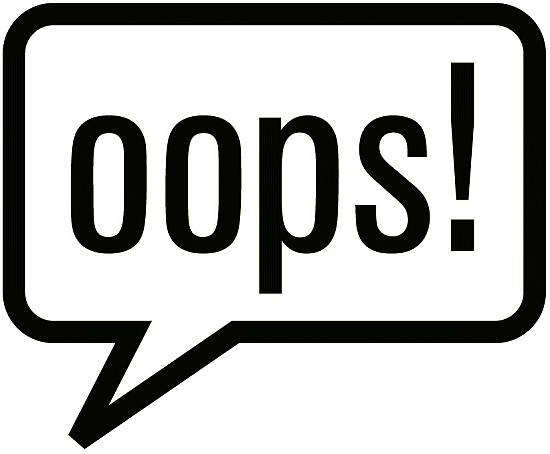What You Need To Know About Escrow
Before the house is officially signed and handed over to you as the owner, what follows is the escrow period.
The escrow period starts when money has been deposited by a person through an unbiased third witness who will have the cash delivered to another party at the end of the period. Escrow starts after a financial agreement has been agreed by both the seller and the buyer, with a signed purchase agreement by the buyer who will lay down a deposit. The escrow is done in order to protect either party from any change of hands with regards to the property or money till all the conditions and agreement are fulfilled.
The neutral third party should be unbiased and a recognised officer from any escrow company. In some areas, an escrow attorney stands as the neutral third party or an escrow officer who goes by a certain title. The cost of the escrow paid by the purchaser or sellers is set depending on the state of the market and customs, which is about 1 to 2 percent of the house cost.
#1. Escrow Term Is Set Based On The Contract
When the escrow starts, the contract dictates how the process will go and shows any instructions that both parties should know.
There are many processes and transactions that take place including the signing of documents before the transfer is complete and the deal is closed. An account number is assigned to the seller, followed by the collecting of the contract and the buyer’s deposit by the escrow office at the opening of the escrow.
The buyer gets a title insurance and an initial title search to decide whether or not the title has any claims held against it. The report will tell of any claims that the property might hold, easements or lien, which should be sorted out by the seller before having the house sold off. The deposit that is collected by the escrow office can be an addition to the purchase price or taken back if the buyers refuse to go through with the deal.
#2. Ensure The Deal Closes Successfully
The contingency section that is noted in the contract should be adhered to. This includes the inspection of the premises, amendments, home insurance, natural disaster insurance and other tasks that should be ticked off to ensure the transaction progresses with no set back.
For each contingency met, a release form is signed by either the purchaser or the seller to all the existing parties, the escrow officer included. The title becomes cleared allowing the purchaser to self-inspect the property once the contingencies have been released and the loan is paid for. For the deal to be settled and finalized, any pending paperwork should be signed in order to close the escrow and have the deal completed. The escrow officer takes note of the deed on behalf of the buyer while the seller gets his money for the house sold.





